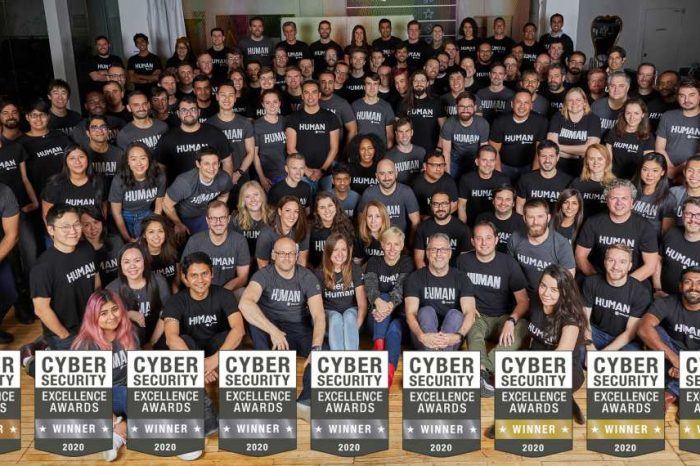Is a Roadshow Still the Most Viable Way to Land Startup Funding?

Conventional wisdom has it that a roadshow is crucial for startup fundraising. It gives you an opportunity to showcase your product, win over groups of investors around the country (and sometimes the world), and it helps raise enthusiasm about your concept.
With examples like Alibaba, which posted the largest IPO ever, at least partly thanks to its roadshow, it’s hard for startups to think of doing anything else.
But a big part of leading a startup is questioning assumed truths. Roadshows are stale, exhausting, and ineffective more often than they are a stunning success. Instead of wasting time, money, and energy dragging your representatives and your pitch from city to city, try thinking outside the box.
Here are three less conventional ways to rock your show without having to hit the road.
1. Take part in a pitching contest
Pitching contests give you more bang for your pitching buck. Instead of taking your pitch to numerous successive small gatherings and groups of investors, the much larger investment world comes to meet you in one place. You only make your pitch once, but to a great many people.
A pitching contest is essentially a large gathering of investors who are actively looking for new investment possibilities, ready to give money to a startup that makes a strong pitch with an impressive product. Pitching contests offer a big opportunity to score funding, but the pressure is high to get your pitch just right on the first (and only) try.
One great example of a recurring pitching contest is the Startup World Cup, which runs 40 regional events around the world throughout the year. At each event, judges choose one regional winner from ten handpicked startups, narrowing the field down to 40 candidates who compete in the semi-finals in the US, with 10-15 going on to the Grand Finale. At the finale, between one and five startups win investment from a range of angel investors, VCs, and US-based incubators.
This worked brilliantly for Leuko Labs, which won the 2018 Startup World Cup. Leuko Labs was born at MIT, and won $1m of funding from Pegasus Tech Ventures, Good Growth Capital, Nina Capital, and more, for their non-invasive white blood cell monitoring product. Upon winning the contest, Carlos Castro-Gonzalez, Leuko’s CEO and co-founder, was exhilarated. He talked about his original vision for the company, putting devices for non-invasive white blood cell monitoring in the hands of everyone who stands to benefit from this innovation. Winning the pitch contest, he said, would finance the company’s “ongoing development and clinical studies of our platform technology, to ultimately turn this vision into reality.”
2. Hold a virtual roadshow
Distance conferencing tools have been improving rapidly over the last decade, making virtual roadshows far more appealing. With new fears of a global pandemic reducing travel, everyone is embracing distance communication instead of the costs, time, and energy of traveling to meet face-to-face, and that applies just as strongly to the VC and startup world.
Instead of physical travel, startups can use next-gen interactive video conferencing and webinar tools to run online face-to-face meetings that allow you to give your total attention to potential investors, incorporate the multimedia presentations you might otherwise show in an “in real life” meeting, and receive live feedback. Virtual roadshows can even go one better than the “real” thing – with a virtual meeting, you can walk investors through your premises to show them all the resources and equipment that set you up for success, which you can’t do on a roadshow.
This strategy worked like a charm for Polish film studio Studio Panika, a “sharing economy” startup which used the ClickMeeting platform to connect with equity funding investors and give them a virtual tour of their studio floor, sharing the atmosphere and attention to detail of the studio that they couldn’t take with them on the road.
As Studio Panika CEO Oskar Kaszyński found, you can run a virtual roadshow from anywhere and connect with potential investors from the other side of the world, even if they can’t travel to you. “I had a lot of traditional, face-to-face meetings, but I couldn’t meet with all of them personally because they were located all around Poland and around the world,” he said. And because he was able to nurture relationships intensively before the pitch meetings, he was able to receive investments from 90% of the contacts he pitched to.
3. Take part in an accelerator
Accelerators support entrepreneurs to develop their ideas and overcome challenges, but they also extend practical help to find funding. Participants can and should take advantage of the connections that accelerators have with worldwide VCs, angel investors and funding networks. Accelerators are often set up by venture capital funds themselves, in order to nurture and look out for rising stars for investment.
The practical support that an accelerator provides in terms of refining concepts and preparing pitches also helps startups to present themselves well to potential investors and draw on other funding channels.
One startup that benefited from a boost by being part of an accelerator is Leanplum, a startup in the ecommerce marketing space that was part of the Techstars accelerator in Seattle. As well as delivering technical support, guidance, and help refining their concept, Techstars helped Leanplum to create a pitch video that landed the company major exposure on trendy platform AngelList. The company’s leadership believes that this one piece of content played a key role in the round they went on to close.
“After demo day we got highlighted on AngelList as one of the top-trending startups. A big reason for this was our demo day video,” said Andrew First, Leanplum’s CTO and a co-founder. “The Techstars videos are so professionally made, and the pitches have been practiced dozens of times, literally. That made a big impact.”
Classic roadshows aren’t the only path to startup funding
It’s time to get more creative about connecting with investors and pitching to VCs by using virtual pitches to showcase your startup; making the most of your pitch by presenting it to a larger crowd at one time; and taking part in accelerators that bridge the gap between your startup and funding sources.
To a great degree, leading a startup is all about disrupting the market, introducing new ways to resolve pain points, and thinking creatively, but thinking seems to have fossilized around the traditional roadshow approach.

